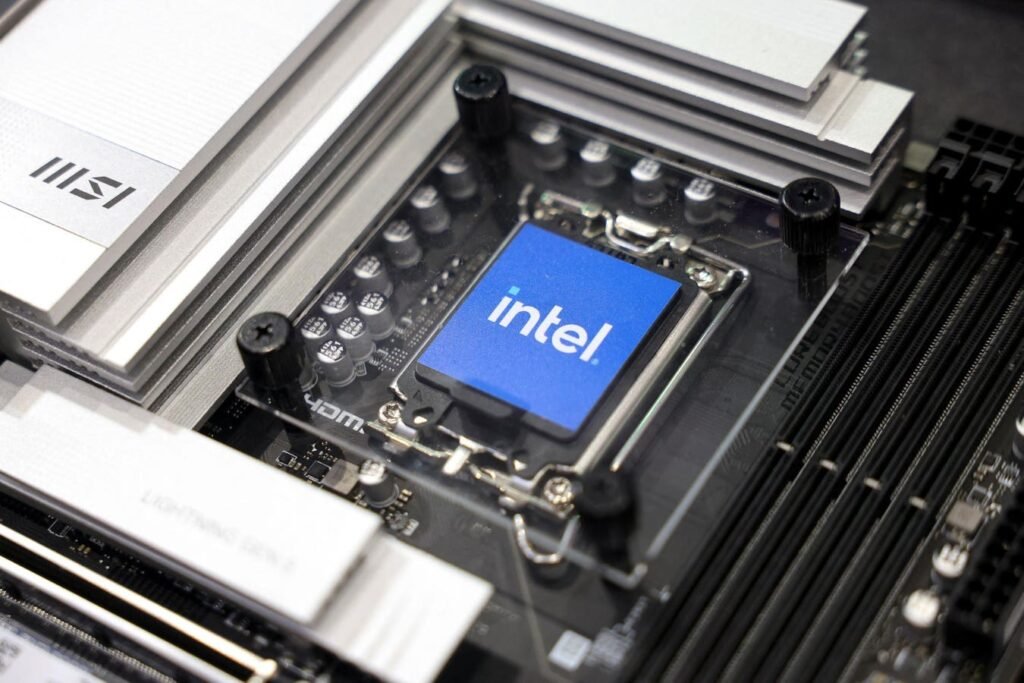Intel stock has been hit hard in recent years, currently trading at $31 per share, a 55% drop from its levels in April 2021. The demand for PCs and laptops has decreased post-Covid-19 lockdowns, impacting Intel’s sales. Additionally, the increasing use of GPUs for AI workloads has threatened Intel’s CPU sales. However, Intel’s stock has seen a 20% recovery from a low of $25 in October 2022, driven by signs of a potential pickup in the PC market. The company is also making efforts to be more competitive in the AI space with new products like the Gaudi 3 AI accelerator and the Intel Xeon 6 data center processor.
On the other hand, Arista Networks, a company benefiting from generative AI, has seen its stock surge by over 300% in the same period where Intel has declined. Arista is part of the Trefis High Quality Portfolio, which has consistently outperformed the S&P 500. Intel has an opportunity in the foundry space, but faces challenges due to past missteps in wafer production. The company’s valuation is estimated to be around $41 per share, 35% ahead of the current market price. The competition in the CPU market and the dominance of Nvidia in the AI space are potential obstacles to Intel’s future growth.
The timeline of the inflation shock in 2022 has impacted the market significantly, with the S&P 500 index declining over 20% at its peak. The Federal Reserve’s aggressive interest rate hikes have caused fluctuations in market sentiment. In comparison, the performance of Intel’s stock during the 2007-08 financial crisis saw a decline of 52% from September 2007 to March 2009, with a subsequent recovery. The company’s revenues have fluctuated over recent years, with a decline in sales leading to lower earnings.
Intel’s financial position appears to be healthy, with total debt increasing to $49 billion and total cash at $28 billion. The company generated $15 billion in cash flows from operations in 2022, indicating a strong cash cushion to meet its obligations during the ongoing inflation shock. While Intel stock may benefit from easing inflation and potential interest rate cuts, strong competition in the CPU market and the rise of GPUs could limit its upside. Investors are advised to watch for further developments in the semiconductor industry and the company’s strategies in the AI space to determine Intel’s future performance.











